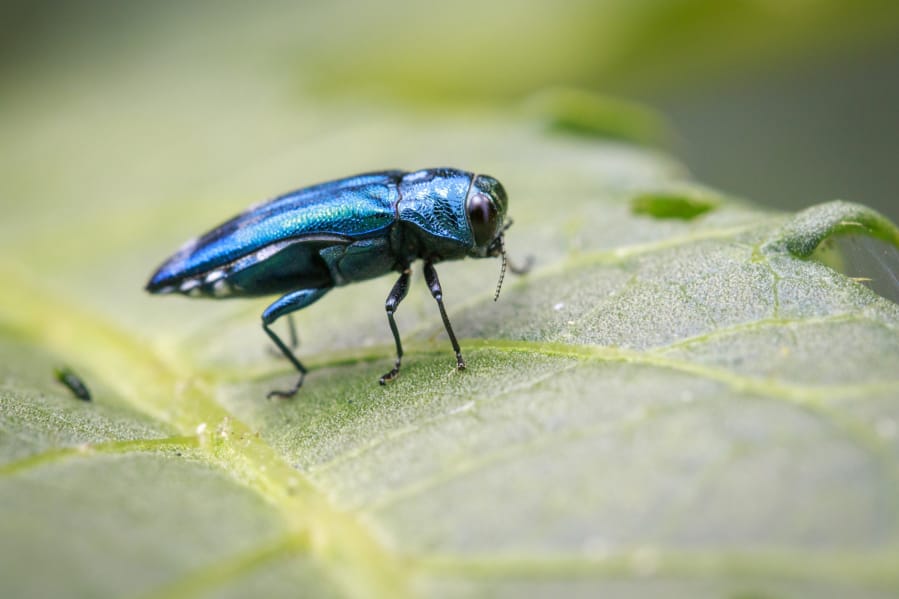OLYMPIA — Officials with the Washington State Department of Natural Resources and the Washington State Department of Agriculture are asking property owners and residents to check their trees, water features and other outdoor fixtures for any invasive species.
“We have a forest health crisis in Washington, and we know that outbreaks of invasive insects and diseases are one of the leading threats to the long-term health of our forests,” said Washington Commissioner of Public Lands Hilary Franz in a press release. “Our all-lands, all-hands approach to forest health means we need everyone pitching in to help protect our forested land from invasive pests.”
According to the press release, late summer is the best time to check trees for invasive pests because heat and dry weather make them easier to spot. A Washington State University researcher found evidence of sooty bark disease while walking his dog through a park in Tacoma, while a biologist made the first confirmed sighting of an emerald ash borer in the Pacific Northwest while waiting to pick his children up from a summer camp near Portland, the press release noted.
Among the pests state officials are asking people to be on the lookout for are the Asian longhorn beetle, which attacks hardwood trees like maples, birches and willows; the Asian spongy moth, formerly known as the gypsy moth; the emerald ash borer, which is one of the most destructive tree pests in the United States; the fungus that causes sooty bark disease; and the spotted lanternfly, which feeds on fruit trees and hops and has not yet been confirmed in Washington.



